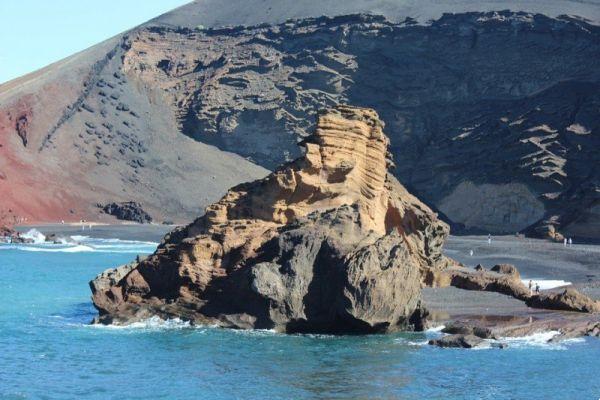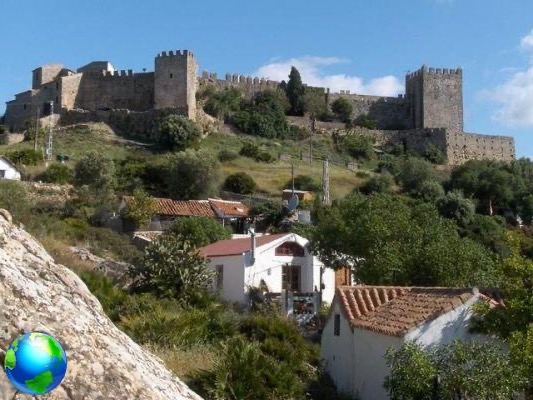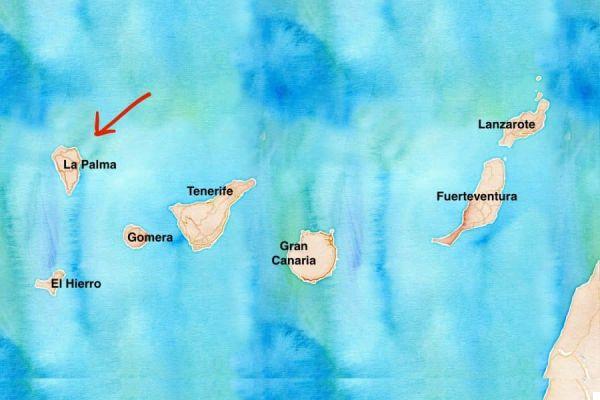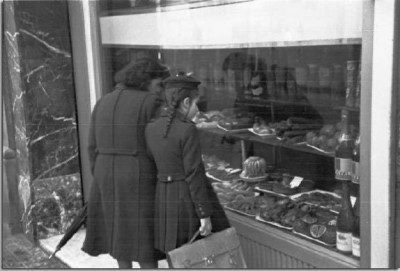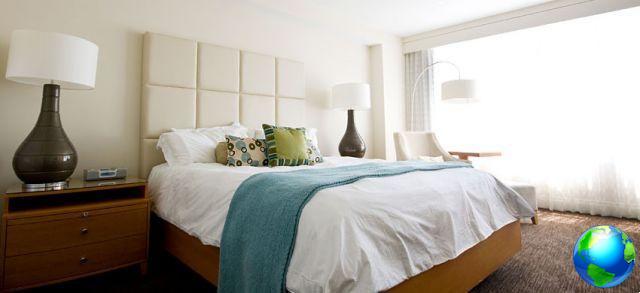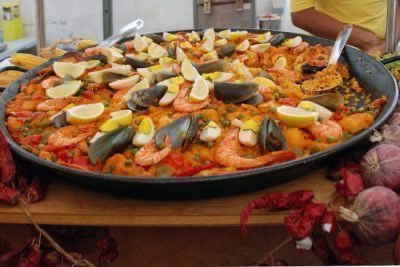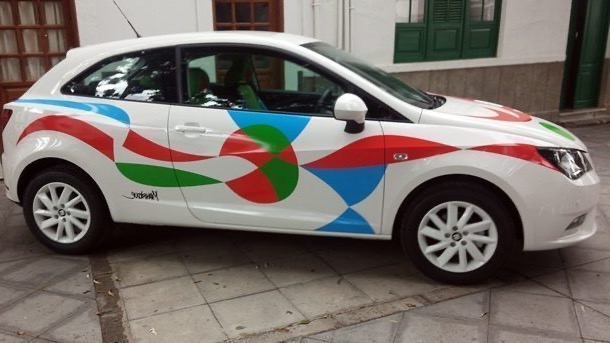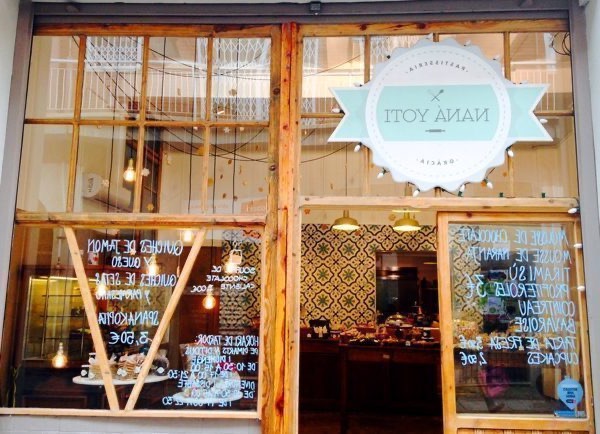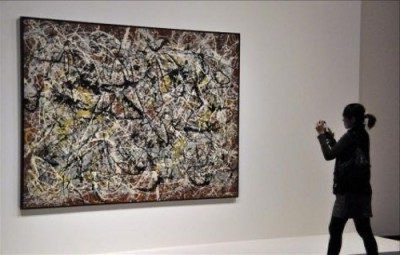



Jaén it is the capital of the province of the same name and it is a lively university city. The Castle of Santa Catalina, built in the XNUMXth century during the Arab occupation and now transformed into a hotel, and the Cathedral of Santa Iglesia, a monumental Renaissance building that contrasts with the white folk-style houses that surround it, dominate the city and offer splendid views.
In Old Town, along winding cobbled streets, there are important monuments such as the Arch of San Lorenzo, the only remnant of a church built in the Gothic-Mudejar style, the Capilla de San Andrés and the Iglesia de la Magdalena, both dating back to 1500, the beautiful Monastery of Santa Clara, the Palacio de Villadompardo, a stately building of the sixteenth century which houses the Museum of Popular Arts and Traditions and the Arab baths dating back to the year 1000.
In 1970, numerous sculptures and various objects dating back to 500 BC of the Iberian population were found near Jaén and today they are exhibited in the Provincial Museum of Fine Arts.
Given the great importance of olive trees in the province of Jaén, the dishes of the gastronomic tradition of the city cannot fail to be rich in olive oil. Taste ajilimoje, a local sauce made from oil, apple vinegar, potatoes and chilli, excellent spread on hot bread, pipirrana salad, with peppers, tomatoes and garlic, gazpacho cachorreño, a cold soup made from bread, chorizo and oil, and alboronía vegetable stew.
You can still find Jaén
Jaen is easily reachable by bus and train from the major cities of Andalusia but you can also fly to Granada airport, which is about 100 kilometers away, and take a rental car there in order to move in complete autonomy and freedom to the city. discovery of Andalusia and the province of Jaén.
How to get to Jaén
La bus station of Jaén, about 300 meters from Plaza de la Constitucion, is connected by buses from Granada in 1h30, Cordoba in 1h30, Madrid in 4 hours. There railway station Jaén is well connected with Cordoba, 1h30, Seville, 3h00, and Madrid, 4h00.
What to see around Jaén
In addition to the Sierra di Cazorla Natural Park, to which we have dedicated a page, do not miss to visit the villages of Baeza e Ubeda.

Baeza is a small country town about 50 kilometers from Jaén that boasts numerous and beautiful Renaissance and XNUMXth century buildings, built when the city was experiencing a period of splendor due to the prolific local textile activities, so much so that it was included by Unesco among the sites World Heritage Site.
The town stands on a small promontory between Castile and Andalusia and one of its jewels is the Renaissance Cathedral of Santa Maria, built on the site of a mosque, characterized by Gothic elements such as the Puerta de la Luna and the rose window, dating back to 1200, and Mudejar, such as the pointed horseshoe arches of the chapels. The square tower was once the minaret.
Also very beautiful Jabalquinto Palace, the Seminary of San Filippo Neri and the University building dating back to 1500. What about the church of Santa Cruz, one of the exceptional examples of Romanesque architecture preserved in Andalusia, and the noble houses overlooking the Plaza del Populo, Plaza de Leones and Plaza de Candido Elorza, three of the most fascinating corners of Baeza.
To reach Baeza you can travel on the Ave high-speed trains from Madrid, Seville and Malaga. The Linares-Baeza train station is located about 15 kilometers from the city center but is well connected by a shuttle service. 10 kilometers away is the town of Úbeda.

In the heart of the province of Jaén, not far from Baeza, is the marvelous town of Úbeda. Known as the capital of the Andalusian Renaissance and declared a World Heritage Site by Unesco, the city stands on a hill and houses buildings and churches designed by the architect Andres de Vandelvira and built thanks to the riches of Francisco de los Cobos y Molina and his nephew Juan Vasquez de Molina, secretaries of state of Charles I and Philip II.
Il historic center of Úbeda it has an almost square shape and is a labyrinth of narrow streets that open onto large squares overlooked by majestic palaces. L'Alcazar it is located in the southeast corner and from here the streets branch off towards the city gates and the monumental square of Vázquez de Molina. Imposing is the Church of Santa María de los Reales Alcázares, built on the site of an ancient Arab mosque.
Of the many buildings built in Gothic - Mudejar style we point out the Palace of Francisco de los Cobos, the Palace of Vázquez de Molina, the Honrados Viejos Hospital, the Palace of the Dean Ortega, now a hotel, the Palazzo del Marqués de Mancera and the Cárcel del Obispo, now the seat of the court.
In Ubeda you can buy the famous ones Arabic glazed pottery at the numerous artisan workshops, especially in the potters' quarters north-east of the old city or on Calle Valencia and on the Cuesta de la Merced. Just southeast of the city is the beautiful Sierra de Cazorla Natural Park, ideal for a day trip.
To reach Úbeda you can travel by bus or hire a car and move freely.






